The common part between the two angles BAC and DAB in Fig. 2.22 is ______. Fig.2.22
The common part between the two angles BAC and DAB in Fig. 2.22 is Four.
Related Solutions
The common part between the two angles BAC and DAB in Fig. 2.22 is _____________.
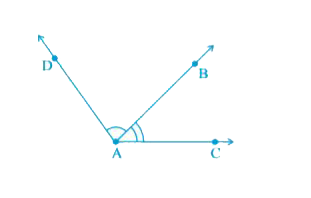
View SolutionA decimal number lying between and is
View SolutionABCD is a quadrilateral in which AD = BC and (see Fig. 7.17). Prove that (i) (ii) BD = AC (iii) .
View SolutionThe number of common point in the two angles marked in Fig. 2.21 is ______________.
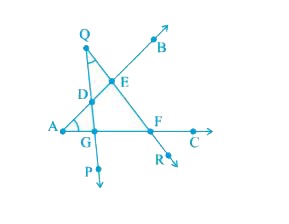
View SolutionThe number of common point in the two angles marked in Fig. 2.20 ______________
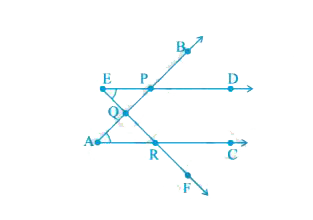
View SolutionThe number of common point in the two angles marked in Fig. 2.18 is ___________.
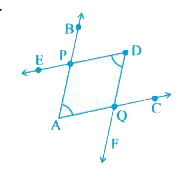
View SolutionThe number of common points in the two angles markes in Fig. 2.19 is ______________.
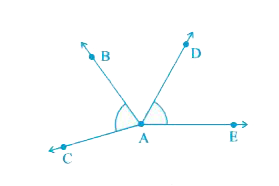
View Solutionचित्र 2.22 में वर्ग ABCD को प्रत्येक भुजा a मीटर है तथा इसके कोनों A, B, C तथा D पर क्रमश: आवेश + q, -q, + q,-q कूलॉम रखे है। ज्ञात कीजिए :
निकाय की स्थितिज ऊर्जा
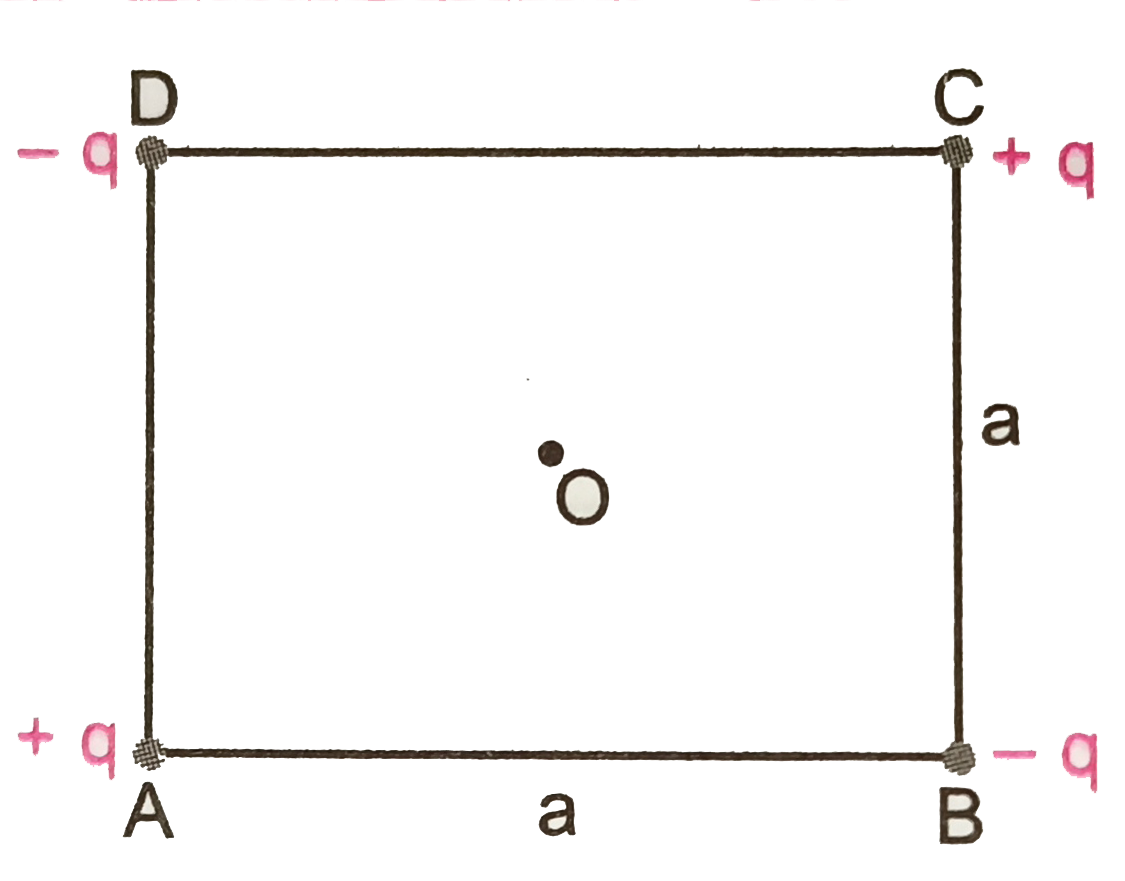
View SolutionIn the given fig. DE||BC, , then angle =_____

View SolutionIn fig., ABCD is a cyclic quadrilatreral. If and , then find .
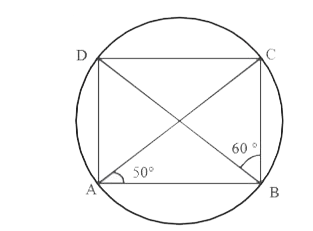
View SolutionIn the given fig DE||BC, angle ADE=70^@ and angle BAC=60^@ then angle BCA =……….
View SolutionIn Fig. 6.41, if AB || DE, and , find .
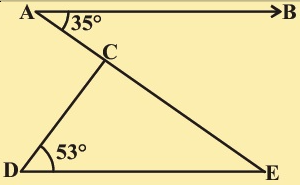
View Solutionआकृति 7.28 में, किरण AZ, तथा को समद्विभाजित करती है।
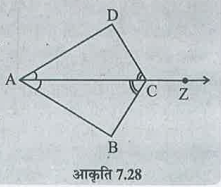 त्रिभुजों BAC और DAC में बराबर भागो के तीन युग्म बताइए ।
त्रिभुजों BAC और DAC में बराबर भागो के तीन युग्म बताइए ।
View SolutionIn Fig, ray AZ bisects as well as .
State the three pairs of equal parts in triangles BAC and DAC.
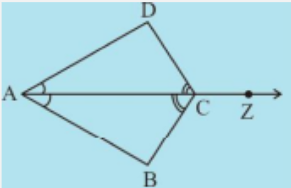
View SolutionIn Fig. , if AB || DE, ∠ BAC = 35° and ∠ CDE = 53°, then what is the value of ∠ DCE.
View SolutionIn Fig. 6.13, and, then is
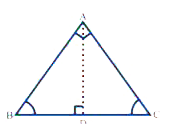
View SolutionA weak base BOH is 2.22 percent dissociated in its 0.1 M solution. Calculate the dissociation constant of the base.
View SolutionEstimate the size of diamond molecule given its atomic mass 12.01u and density 2.22 xx 10^3 "kgm"^(-3) .
View SolutionIn Fig 10.33, ABCD is a cyclic quadrilateral in which AC and BD are its diagonals. If and , find .
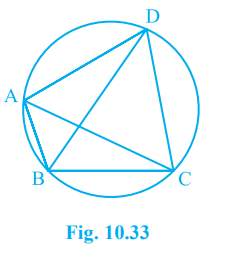
View SolutionABCD is a quadrilateral in which AD = BC and (see the given figure). Prove that ( i )
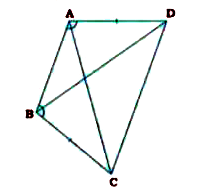
View Solution